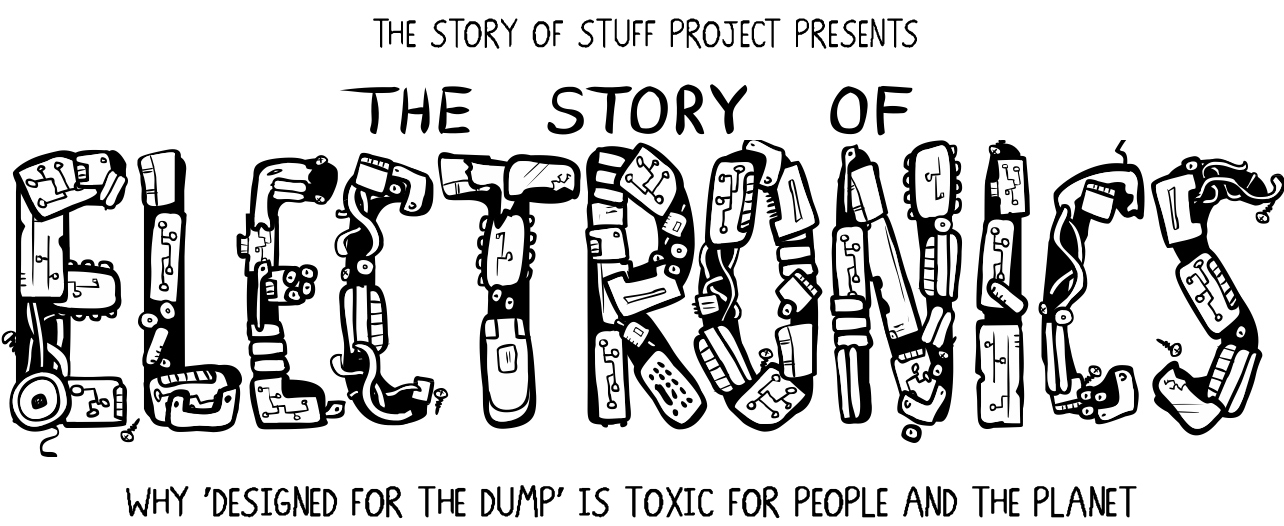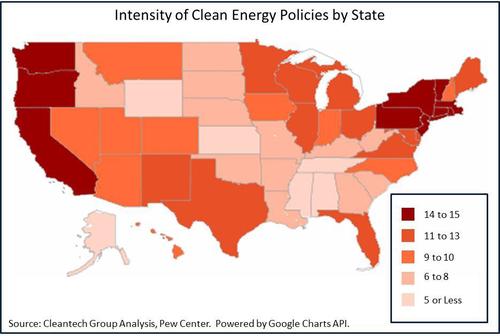We use more electricity now than ever, and since 2007 our energy usage in Texas is outpacing population growth. How many of us charge our cell phones or laptops all night so they’re ready for use in the morning? Or perhaps run the AC 24 hours a day during the blazing Texas summers? Several years ago the Legislature passed a bill to bring down our consumption, but there’s still much to be done. On one hand, legislation can continue to push down the maximum levels of energy consumption, thereby compelling energy companies to utilize more efficient forms of energy. On the other, consumers and business owners can decide to individually pursue energy efficient technology, such as light bulbs, solar panels, and more efficient appliances.
Both suppliers and consumers must pursue energy efficiency to push it into the mainstream. It’s the simple market equation of supply and demand—but who is going to push first? Will energy companies supply more efficient forms of energy, or will consumers demand it until it really catches on?
While trolling the halls of Legislature during the last session and passing around information on efficient energy, I was pulled into a conversation between two gentlemen in one of the offices. We discussed a slew of topics, including the Austin rodent problem of Fall 2008, the general usefulness of cats, and (prompted by my flier) light bulbs. One gentleman was insistent that LEDs do not provide near the quality of incandescent bulbs, and therefore refused to use them in his home. I was not exactly sure how to respond to that (I’m no bulb expert) but in my research I found the video posted below.
[youtube=http://www.youtube.com/watch?v=pv-mr3VLW34]
So why aren’t these alien light bulbs everywhere? Some are too expensive for the average consumer, but I had no idea that so many varieties exist. Since they save so much on energy usage, why aren’t they more popular? (more…)










